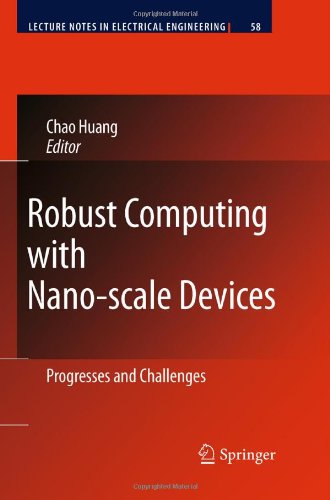

Most ebook files are in PDF format, so you can easily read them using various software such as Foxit Reader or directly on the Google Chrome browser.
Some ebook files are released by publishers in other formats such as .awz, .mobi, .epub, .fb2, etc. You may need to install specific software to read these formats on mobile/PC, such as Calibre.
Please read the tutorial at this link: https://ebookbell.com/faq
We offer FREE conversion to the popular formats you request; however, this may take some time. Therefore, right after payment, please email us, and we will try to provide the service as quickly as possible.
For some exceptional file formats or broken links (if any), please refrain from opening any disputes. Instead, email us first, and we will try to assist within a maximum of 6 hours.
EbookBell Team

5.0
78 reviewsAlthough complementary metal-oxide semiconductor (CMOS) technology will continue dominating the digital electronic circuits for the next 10-15 years, a number of grand challenges have emerged as the transistor size scales down. The rising costs of semiconductor mask and fabrication pose economic barriers to lithography. The quantum effects and increasing leakage power begin setting physical limits on continuous CMOS feature size shrinking.
The research advances of innovative nano-scale devices have created great opportunities to surpass the barriers faced by CMOS technology, which include nanowires, carbon nanotube transistors, programmable molecular switches, resonant tunneling diodes, quantum dots, etc.
However, the success of many nanotechnologies relies on the self-assembly fabrication process to fabricate circuits. The stochastic self-assembly fabrication, unfortunately, has low reliability with defect densities several orders of magnitude higher than conventional CMOS technology.
Robust Nano-Computing focuses on various issues of robust nano-computing, defect-tolerance design for nano-technology at different design abstraction levels. It addresses both redundancy- and configuration-based methods as well as fault detecting techniques through the development of accurate computation models and tools. The contents present an insightful view of the ongoing researches on nano-electronic devices, circuits, architectures, and design methods, as well as provide promising directions for future research.